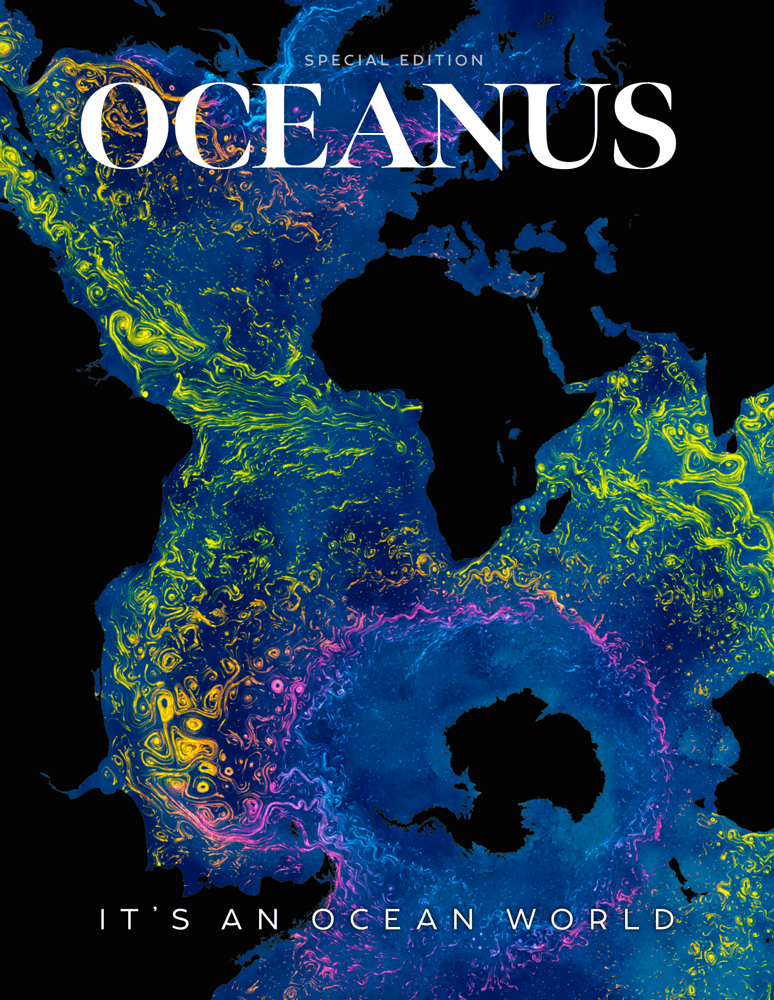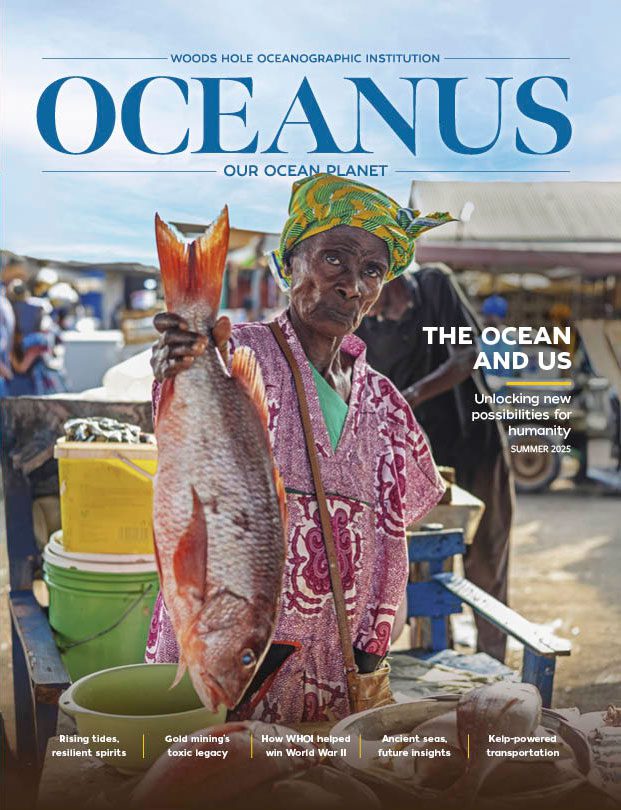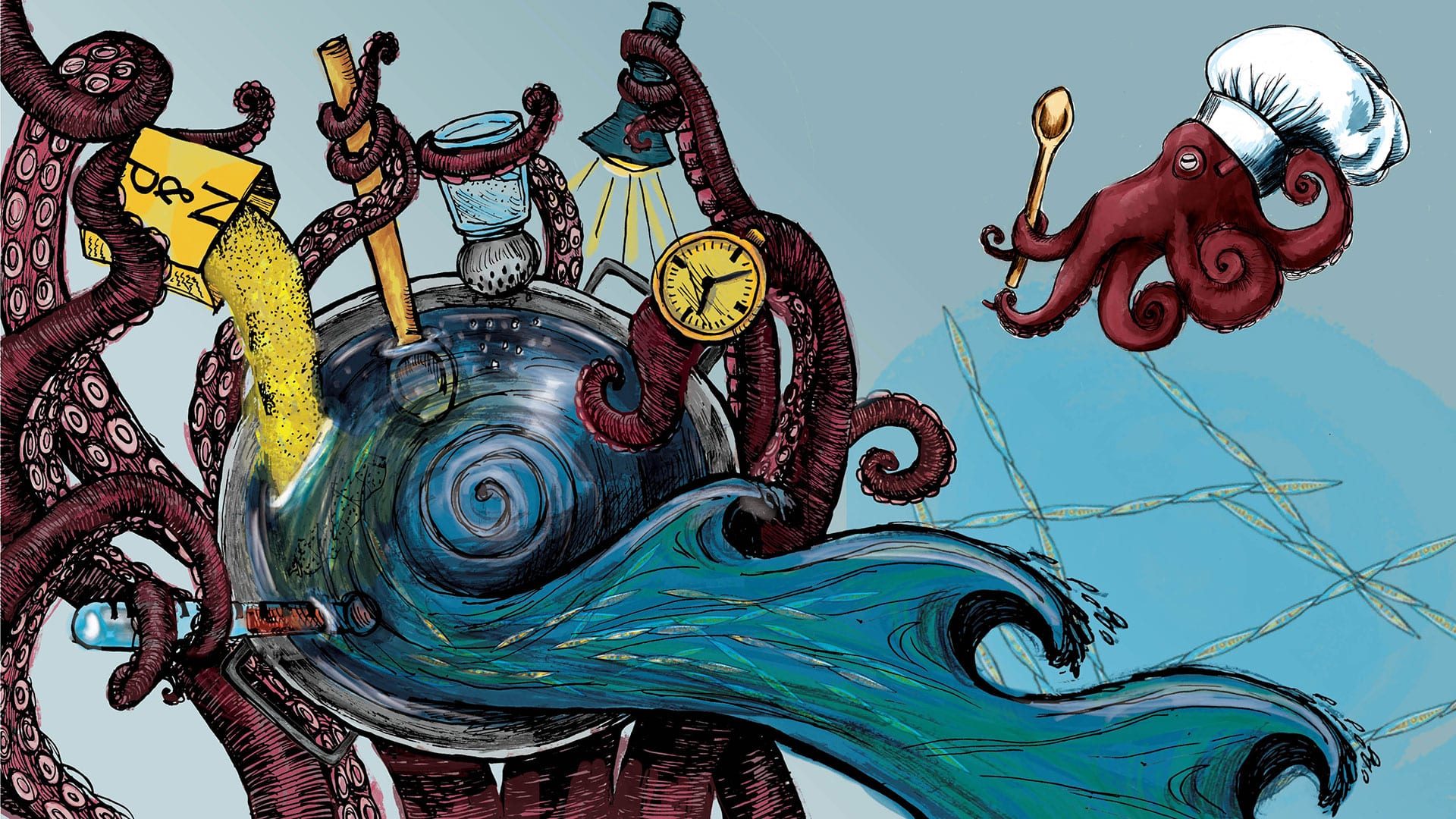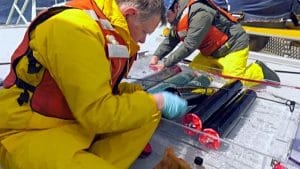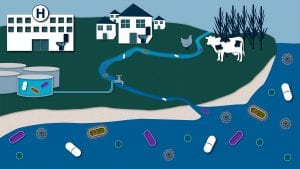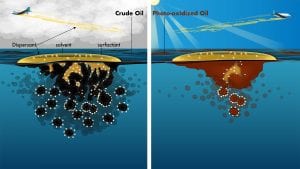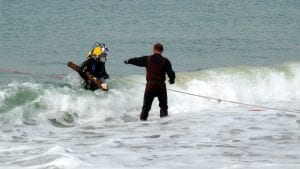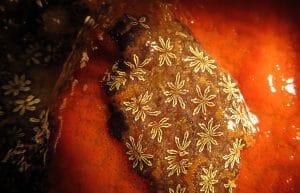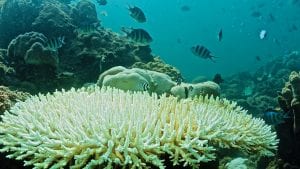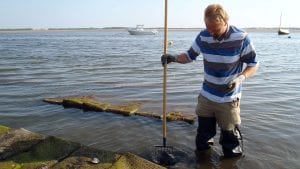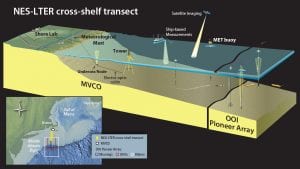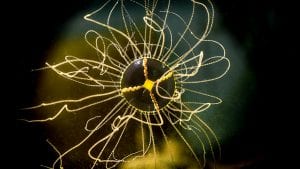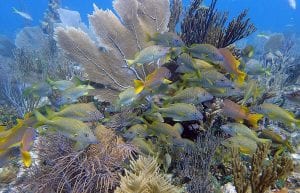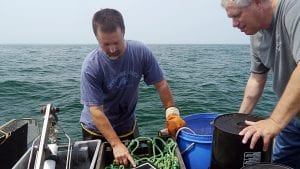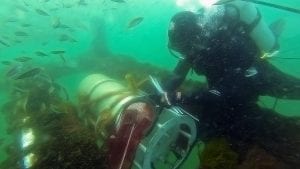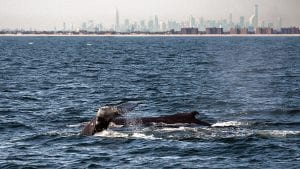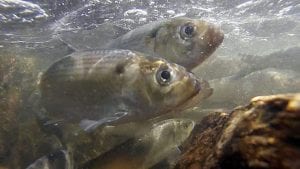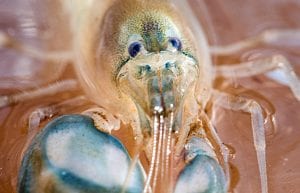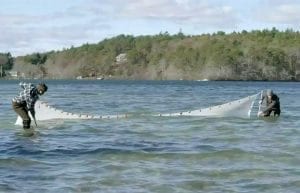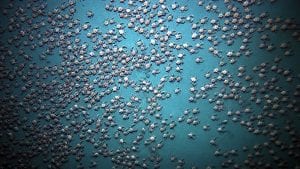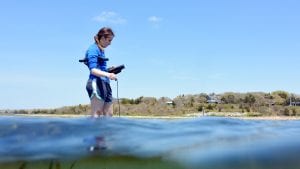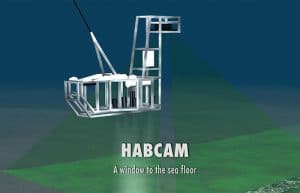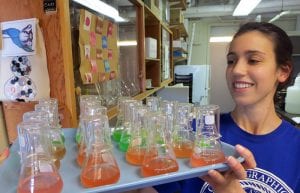Ecosystems
The Recipe for a Harmful Algal Bloom
Harmful algal blooms can produce toxins that accumulate in shellfish and cause health problems and economic losses. They have increased in strength and frequency worldwide. Can we get advance warnings of when and where they will occur?
Life at the Edge
What makes the shelf break front such a productive and diverse part of the Northwest…
The Bacteria on Your Beaches
The widespread use of antibiotics is increasing the spread of antibiotic-resistant bacteria—perhaps into the ocean,…
A Long Trail of Clues Leads to a Surprise About Oil Spills
Scientists followed evidence from the 2010 Deepwater Horizon oil spill to discover an unexpected phenomenon.
Reassessing Guidelines for Oil Spill Cleanups
A new discovery could change the way officials approach oil spill cleanups.
Tracking Unexploded Munitions
U.S. coastlines still have a lot of unexploded ordnance, or UXOs, left offshore by military exercises in…
Who Grows There?
Biofouling organisms—barnacles, tunicates, bryozoans, and other marine invertebrates—are a common sight on docks, ship hulls,…
A Double Whammy for Corals
Scientists know that gradually rising ocean temperatures can push corals past a threshold and cause…
Can Clams and Oysters Help Clean Up Waterways?
Towns in Cape Cod are looking to shellfish not only as culinary treats, but as…
Long-term Study Focuses on New England Ocean
The National Science Foundation has created a new Long Term Ecological Research site off the…
Tiny Jellyfish with a Big Sting
Clinging jellyfish in waters near Vladivostok, Russia, are known for their painful, toxic stings. In…
In the Gardens of the Queen
An unprecedented research cruise investigated one of the most beautiful and unexplored coral reefs in…
Scientist-Fisherman Partnership
WHOI physical oceanographer Glen Gawarkiewicz is enlisting the help of local fishermen to find out…
Spring Arrives Earlier in the Ocean Too
Warmer oceans are triggering phytoplankton to start their annual blooms up to four weeks earlier…
Eavesdropping on Whales
WHOI scientist Mark Baumgartner has installed a mooring in New York waters that listens for…
A Big Decline of River Herring
River herring used to run up coastal streams in great numbers in springtime, returning from…
Radioactivity Under the Beach?
Scientists have found a previously unsuspected place where radioactive material from the Fukushima Dai-ichi nuclear…
Eavesdropping on Shrimp’s Snap Chat
At Woods Hole Oceanographic Institution, marine ecologist Ashlee Lillis is studying a tiny animal that…
No Stone Unturned
WHOI iologist Joel Llopiz is taking advantage of information stored in the tiny "ear stones"…
Crabs Swarm on the Seafloor
Expeditions to the tropics and Antarctica have turned up crab populations—for better or worse—in unexpected…
Recipes for Antibiotic Resistance
MIT-WHOI graduate student Megan May is investigating how microbes naturally develop resistance to antibiotic compounds…
HABCAM
A towed underwater vehicle equipped with cameras, sonar, and sensors paints vivid portraits of life…
Specks in the Spectrometer
Mass spectrometer facilities can be a rite of passage for scientists—as well as for the…
A Green Thumb for Ocean Microbes
Anyone who has tried to grow orchids or keep a bonsai tree alive will tell…
